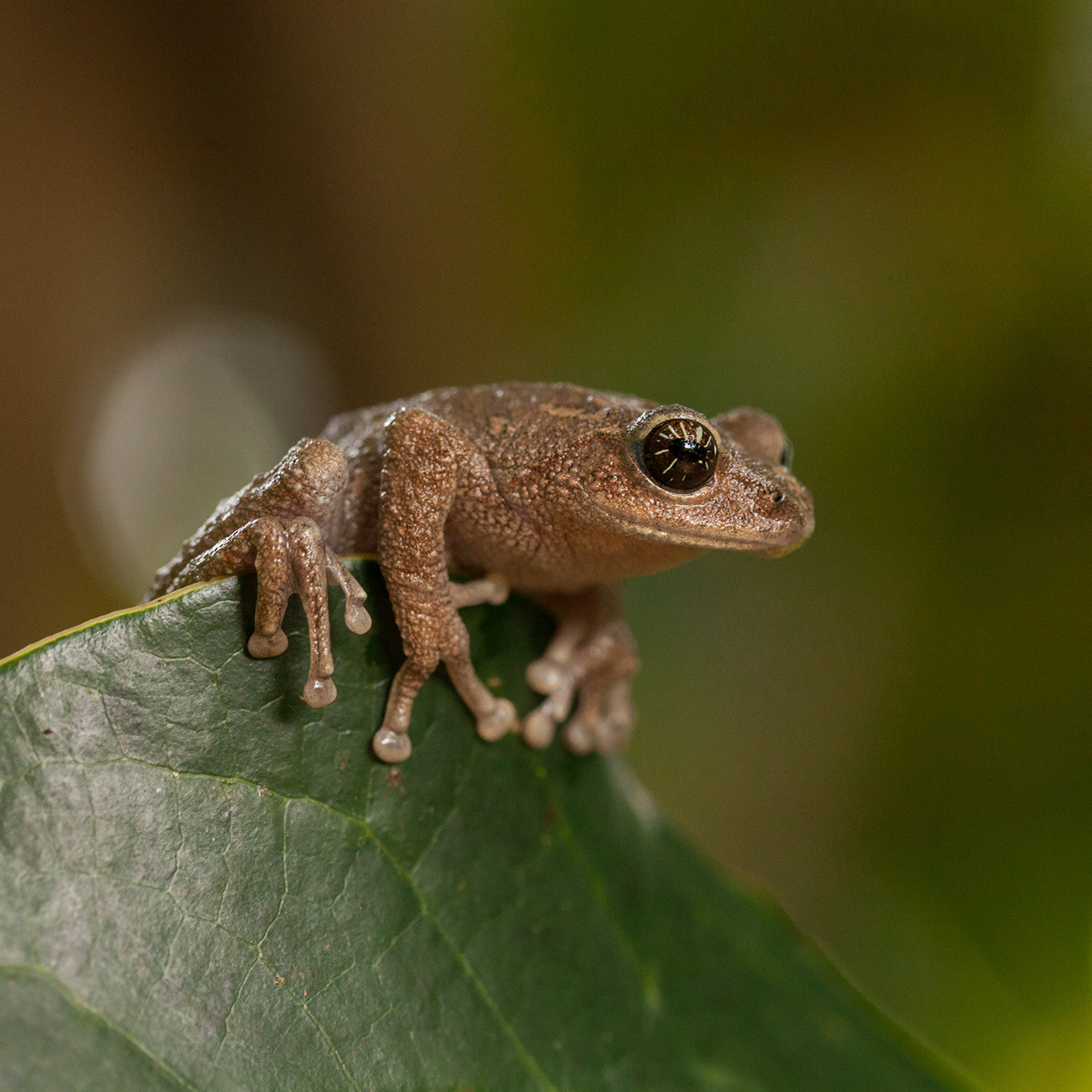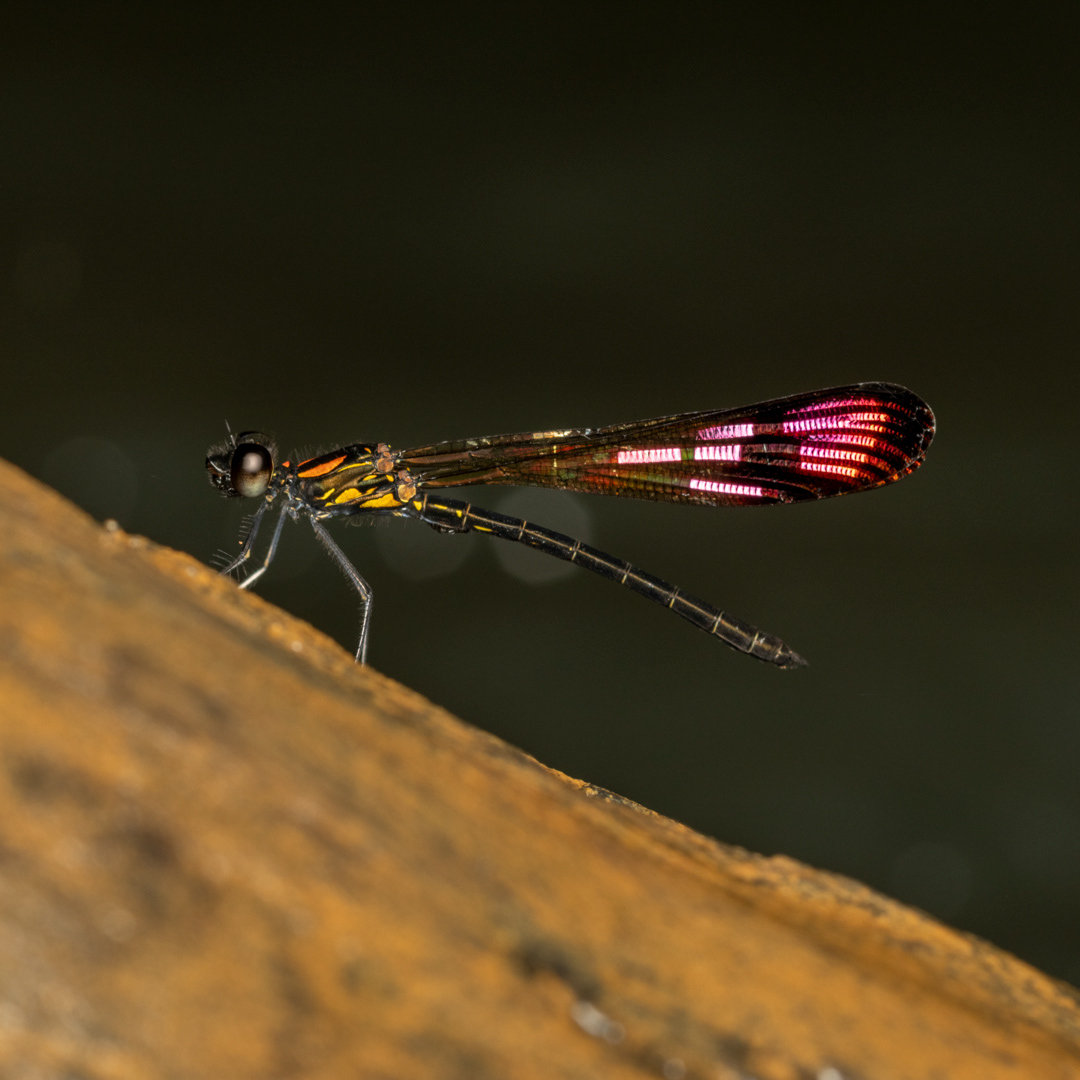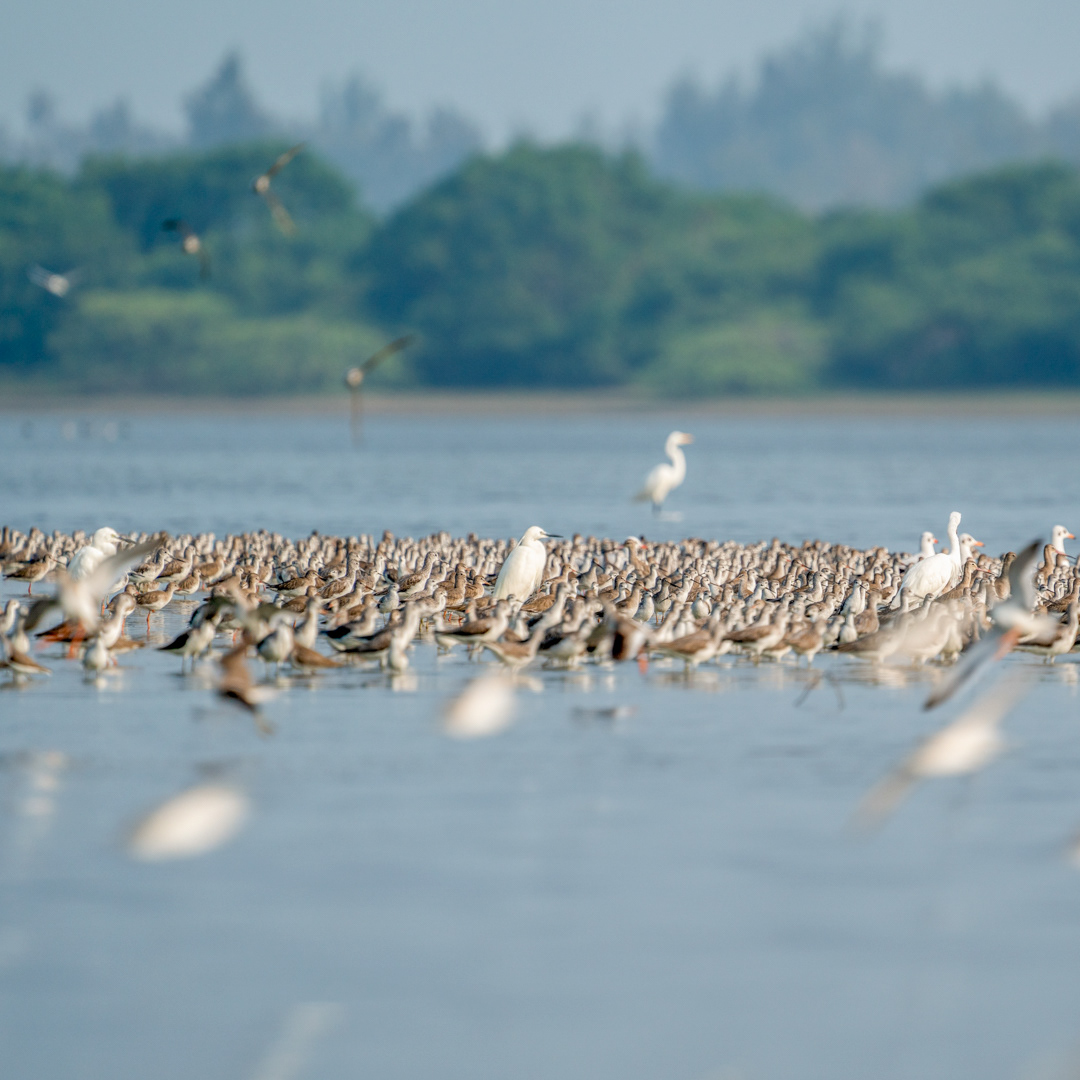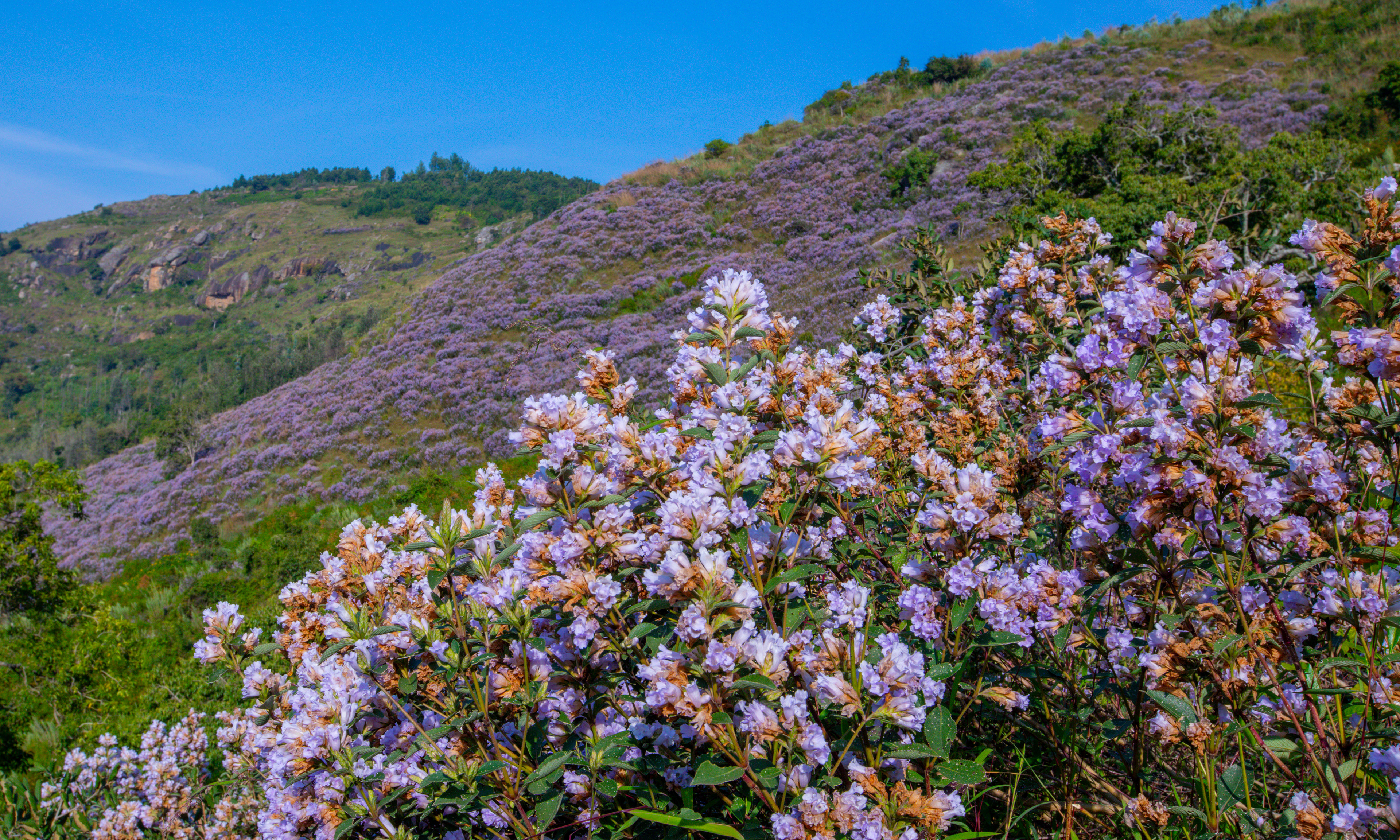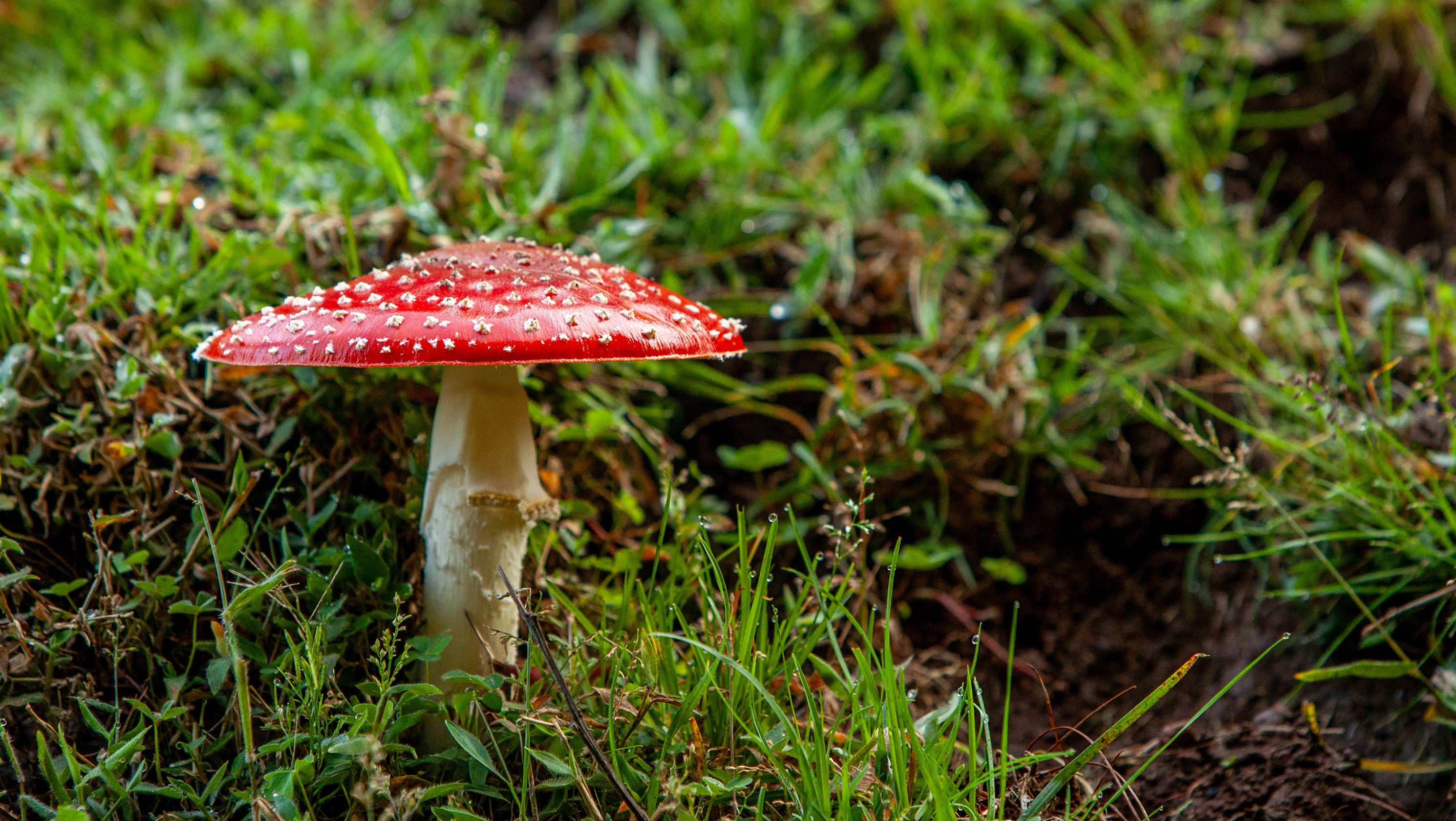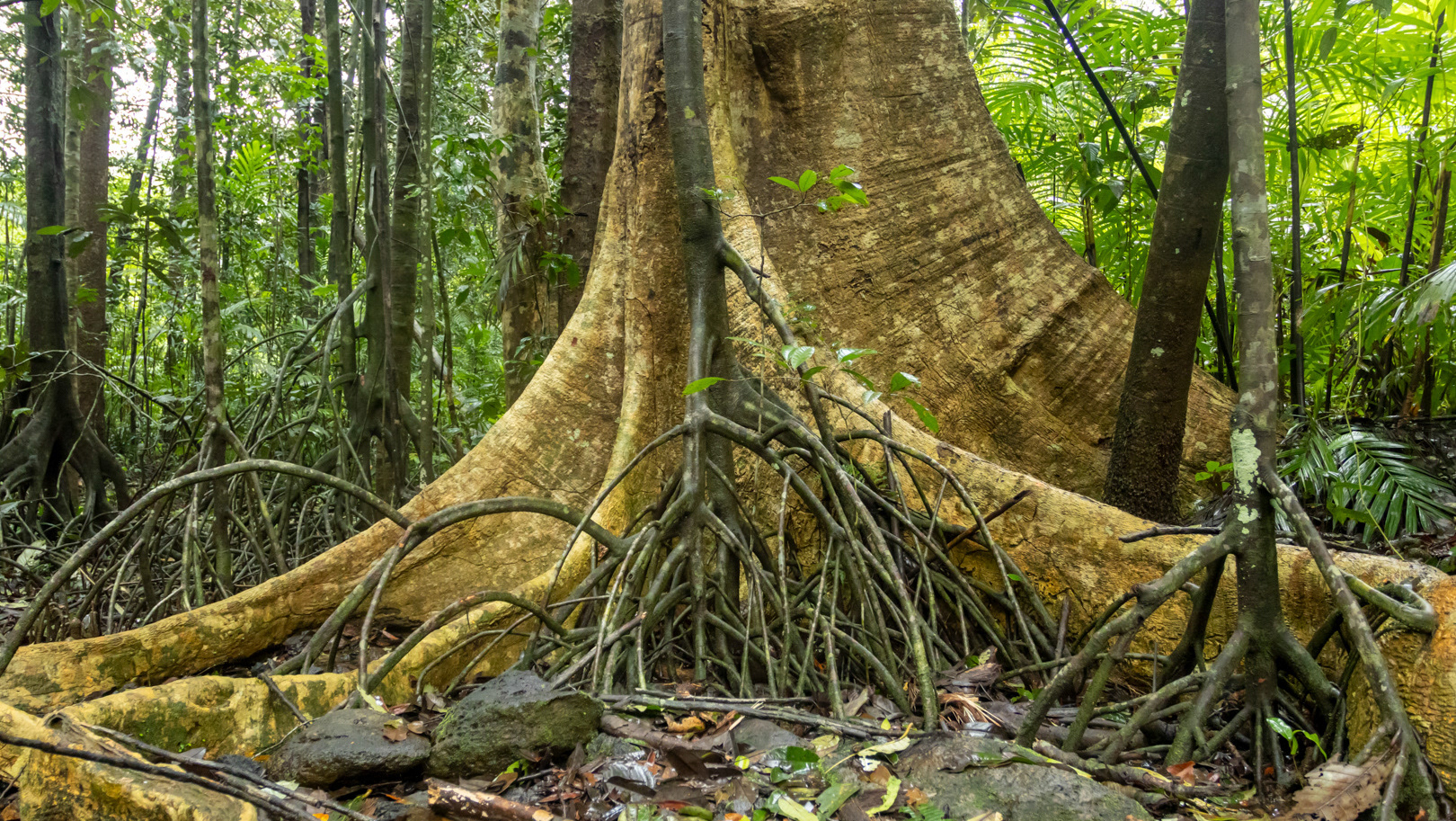Flower crab spiders are adept ambush predators, skillfully blending into the floral environment where they lie in wait for unsuspecting bees. As bees arrive to collect pollen and nectar, the crab spiders swiftly capture them, turning the bees into their prey. However, this predatory success story has an intriguing twist. A parasitic fly takes advantage of the crab spider's hunting efforts, sneaking in to siphon the bodily fluids from the spider's kill. This fascinating interaction showcases a complex dynamic of predation and parasitism in nature, revealing how different species can exploit the same resource through diverse strategies.
The Indian Robin, a common bird in the Indian subcontinent, exhibits a fascinating regurgitation behaviour to maintain its digestive health. After consuming insects, the bird regurgitates indigestible parts, such as exoskeletons, to clear its digestive tract. This process is a common adaptation among many bird species, allowing them to efficiently manage and expel non-nutritive components of their food. Observing this behaviour provides insight into the adaptive mechanisms birds use to process their food and maintain their well-being.
Experience the breathtaking sight of Crimson Rose butterflies as they engage in their delicate mating ritual. Their wings, adorned with shades of crimson, intertwine in a mesmerizing display of beauty and grace. Captured in a moment of timeless elegance, these winged lovers showcase nature's harmonious dance of life and renewal.
The evolution of opposable thumbs in primates is a fascinating journey through millions of years of adaptation and innovation. Dating back to the early ancestors of modern primates, this remarkable trait began to emerge as a crucial adaptation for arboreal life. As our primate ancestors ventured into the trees, the ability to grasp and manipulate branches and objects became increasingly important for survival. The opposable thumbs played a pivotal role in the diversification of primates, enabling them to exploit a wide range of ecological niches and food sources. From foraging for fruits and insects to using tools for hunting and communication, opposable thumbs provided primates with a distinct advantage in their ever-changing environments.
The King Cobra, revered in the mythology and religions of Southeast Asia, is the world's longest venomous snake, spanning over 18 feet. Its distinctive hood and potent venom make it a formidable predator, primarily feasting on other snakes. Despite habitat loss and poaching threats, this majestic serpent remains a symbol of power and wisdom in cultural traditions



